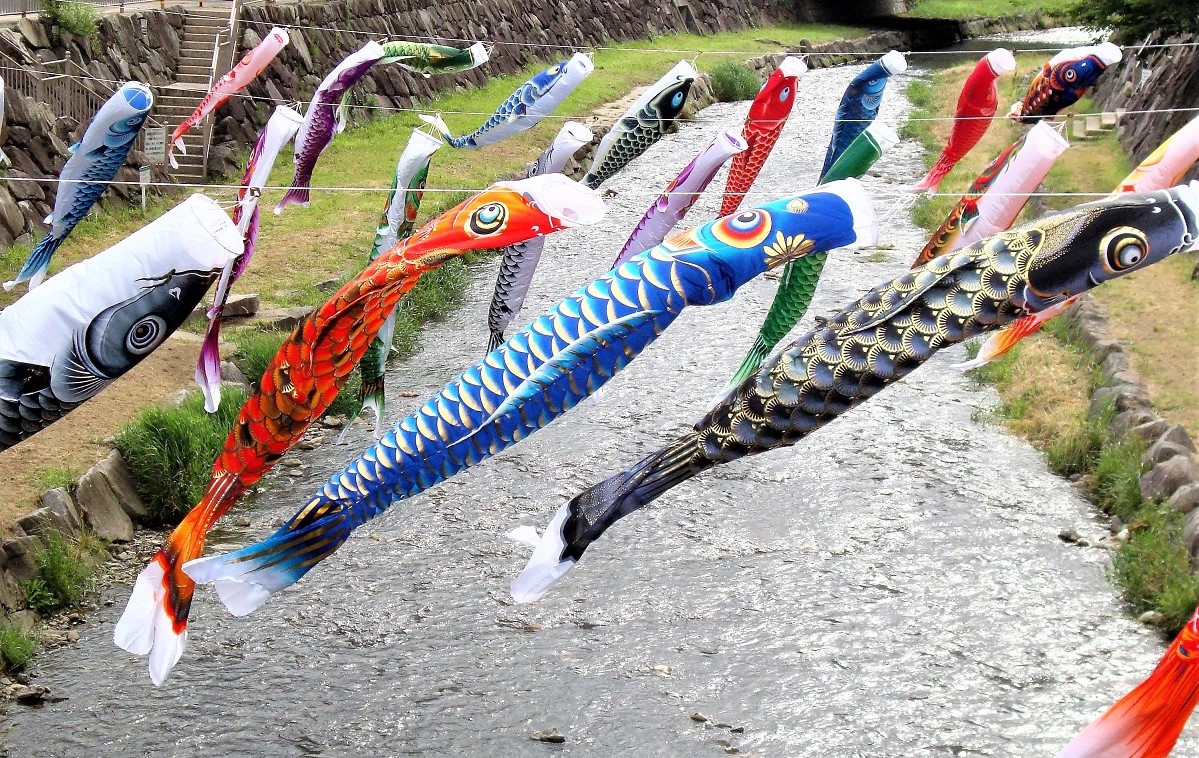Composite carbon nanofibres (CNFs) are highly interesting materials which are usable in a wide array of applications e.g. electrode materials for biosensors, lithium ion batteries, fuel cells and supercapacitors.*
In their paper “Electrical conductivity of silver nanoparticle doped carbon nanofibres measured by CS-AFM” Wael Ali, Valbone Shabani, Matthias Linke, Sezin Sayin, Beate Gebert, Sedakat Altinpinar, Marcus Hildebrandt, Jochen S. Gutmann and Thomas Mayer-Gall present a study on the electrical properties of composite carbon nanofibres (CNFs) using current-sensitive atomic force microscopy (CS-AFM).*
This technique makes it possible to explore the electrical properties of single fibers and hence derive relationships between the structural features and the electrical properties.
NanoWorld AFM probes with conductive PtIr5 coated silicon tips (force constant 2.8 N m−1, length 240 μm, mean width 35 μm and a thickness of 3 μm, and tip height 10–15 μm) Arrow-EFM were used.*
The results presented in the paper show that the composite CNFs have a higher electrical conductivity than the neat CNFs and both the average diameter of the fibers and the electrical conductivity increase with an increasing AgNP content.*

Fig. 8 from “Electrical conductivity of silver nanoparticle doped carbon nanofibres measured by CS-AFM “ by Wael Ali et al.: CS-AFM analysis of CNFs processed from PAN nanofibres electrospun with different concentrations. Images show the friction and current after both stabilisation (a) and carbonisation (b) processes. The applied bias voltage was +0.15 V. The scan area was 5 × 5 μm2 with a scale bar of 1 μm.
*Wael Ali,
Valbone Shabani, Matthias Linke, Sezin Sayin, Beate Gebert, Sedakat Altinpinar,
Marcus Hildebrandt, Jochen S. Gutmann, Thomas Mayer-Gall
Electrical conductivity of silver
nanoparticle doped carbon nanofibres measured by CS-AFM
RSC Adv., 2019, 9, 4553-4562
DOI: 10.1039/C8RA04594A
Please follow this external link to the full article: https://pubs.rsc.org/en/content/articlehtml/2019/ra/c8ra04594a
Open Access: The article “Electrical conductivity of silver nanoparticle doped carbon nanofibres measured by CS-AFM” by Wael Ali, Valbone Shabani, Matthias Linke, Sezin Sayin, Beate Gebert, Sedakat Altinpinar, Marcus Hildebrandt, Jochen S. Gutmann and Thomas Mayer-Gall is licensed under a Creative Commons Attribution 3.0 International License, which permits use, sharing, adaptation, distribution and reproduction in any medium or format, as long as you give appropriate credit to the original author(s) and the source, provide a link to the Creative Commons license, and indicate if changes were made. To view a copy of this license, visit https://creativecommons.org/licenses/by/3.0/.



